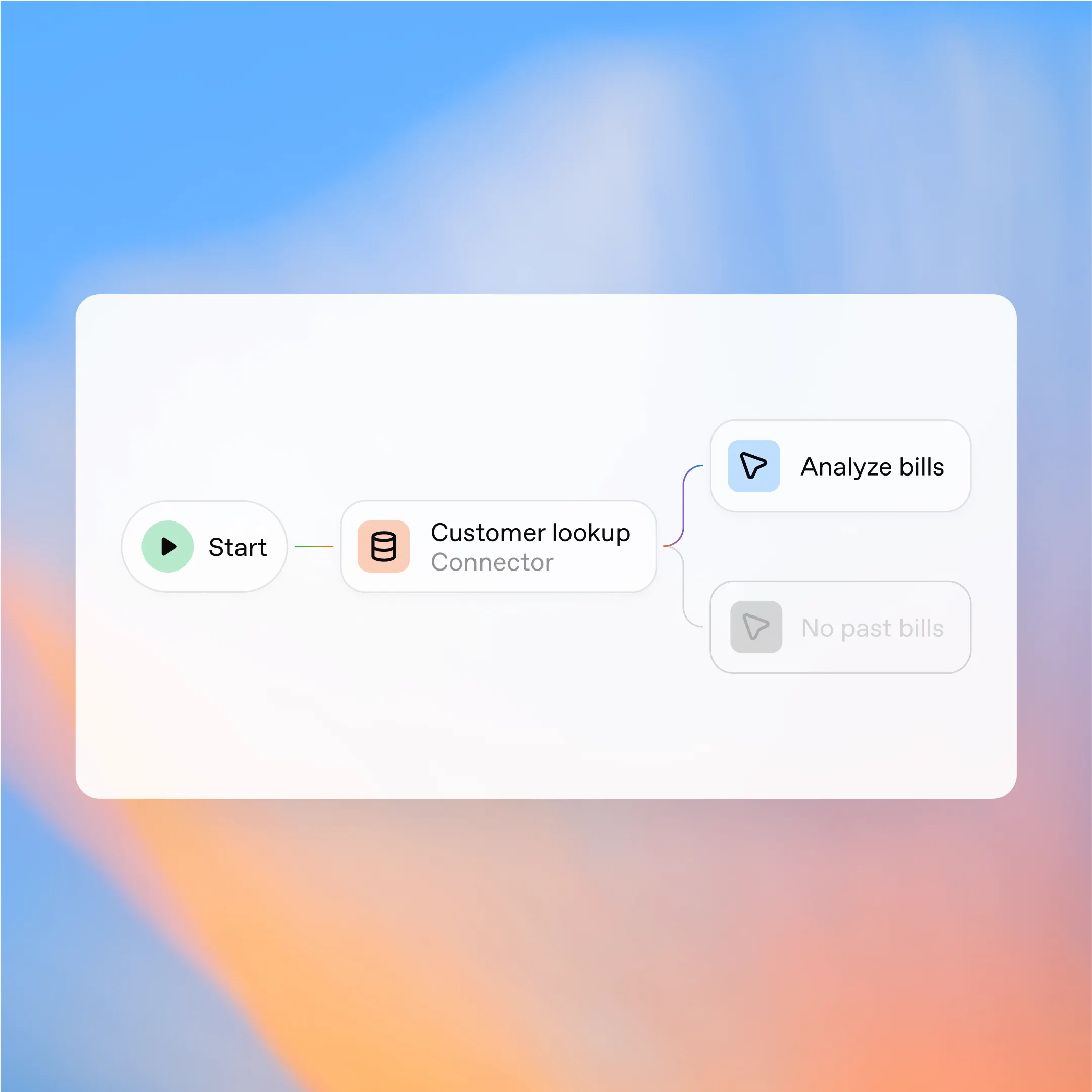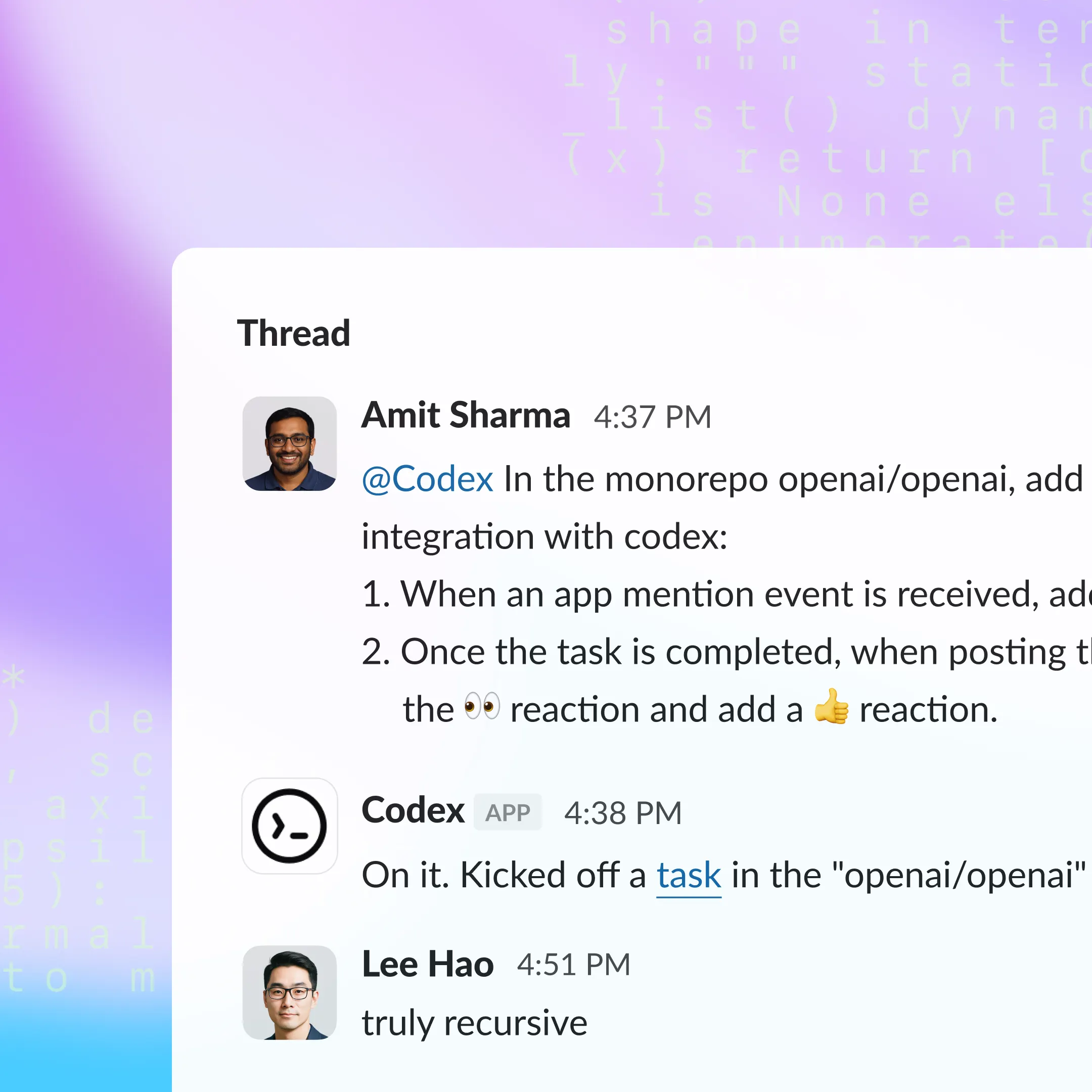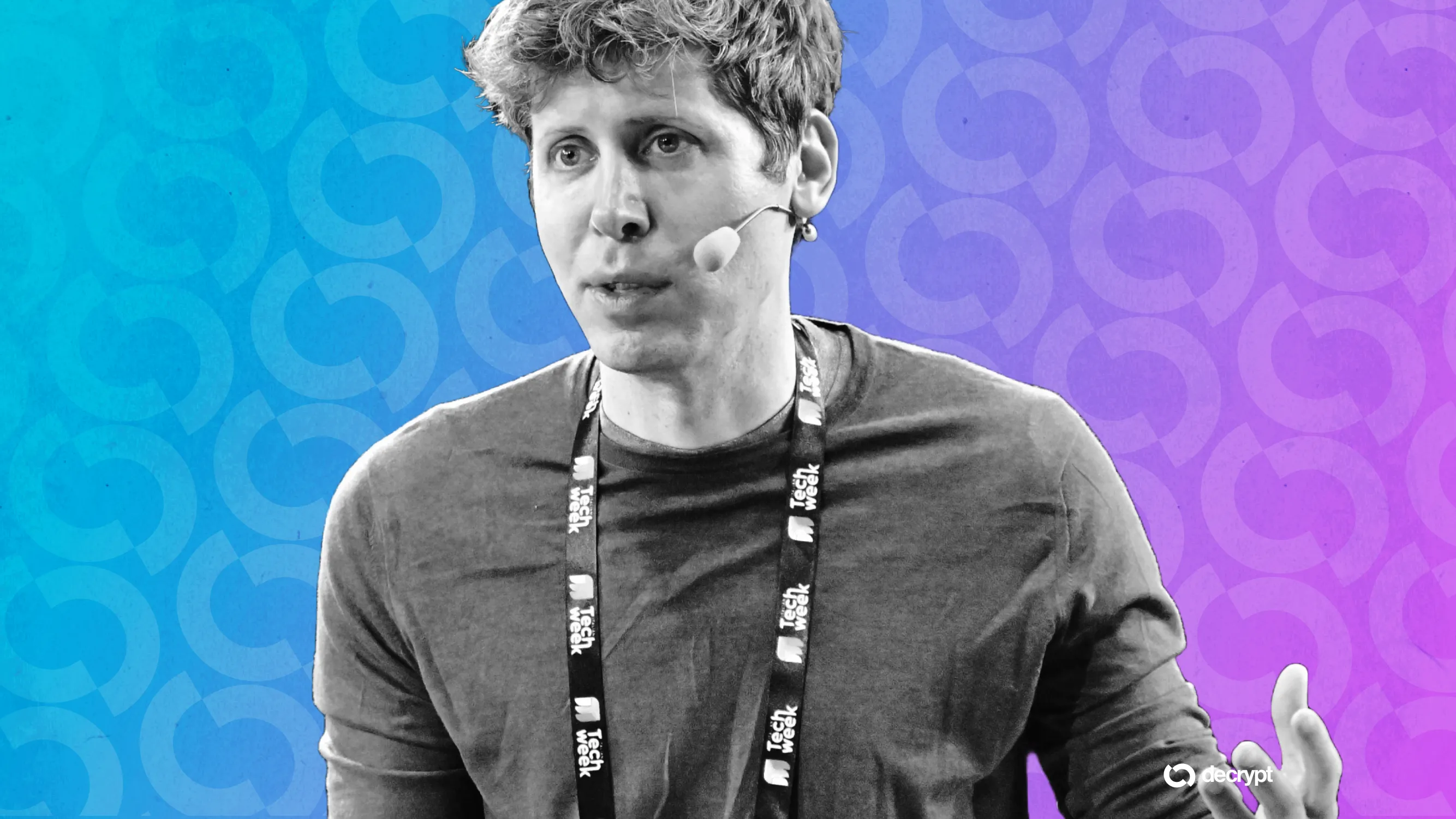In brief
- OpenAI's new SDK lets developers build interactive tools that run inside chats, integrating services like Expedia, Canva, and Zillow.
- A drag-and-drop interface via AgentKit enables creation of autonomous AI agents—workflows that reason, retrieve data, and act within OpenAI’s ecosystem.
- Together the features shift ChatGPT from chatbot to software platform, aiming to anchor developers—and users—inside OpenAI’s walled garden.
OpenAI is turning ChatGPT into more than a chatbot. It’s recasting it as a platform—one where apps and autonomous agents run inside your conversations.
At its developer conference today, the company unveiled two marquee upgrades designed to make ChatGPT the hub for both work and code. A new App SDK lets third parties build fully interactive apps that live inside chats—so users can book flights through Expedia, design graphics in Canva, or pull listings from Zillow without ever leaving the window.
And AgentKit, a drag-and-drop builder for autonomous AI agents, allows developers to design workflows that reason, retrieve data, and act on their own—all locked within OpenAI’s ecosystem.
Together, the updates mark OpenAI’s most aggressive push yet to transform ChatGPT from a conversational assistant into a full-blown platform—part super-app, part operating system for reasoning.
GPT as super-app
“Since our first Dev Day we’ve been working to open up ChatGPT to developers, and we’ve tried things like GPTs, and adopted standards like MCP (Model Context Protocol),” Altman said in the Opening Keynote in San Francisco earlier today. “Some of that stuff has worked, some hasn’t. And today we are going to open up ChatGPT for developers to build real apps inside of ChatGPT.”
You can now chat with apps in ChatGPT. pic.twitter.com/T9Owi3POim
— OpenAI (@OpenAI) October 6, 2025
OpenAI’s gambit is simple: If the world already runs on apps, then get people to use them inside GPT. Each “app” can respond to natural language cues, call APIs, and return structured results—effectively giving ChatGPT plug-in-like powers without the clunkiness of a plug-in store.
It’s a vision borrowed from both WeChat and Salesforce AppExchange: centralize user attention, make third-party services interoperable, and turn ChatGPT into an operating system for reasoning. But unlike WeChat’s mini-programs—written by engineers for fixed tasks—OpenAI’s apps live in a fuzzier zone, where intent replaces buttons and prompts replace clicks.
The business model: platform gravity
For OpenAI, a robust app layer means more reasons for subscribers to stay inside the ChatGPT environment and fewer to defect to rival models from Anthropic, Google, or Meta.
Developers, meanwhile, are offered distribution to a user base north of 200 million, plus monetization hooks via upcoming “usage tiers” and revenue-sharing programs.
Under the hood, each app plugs into ChatGPT via OpenAI’s new App SDK, a toolkit that handles authentication, permissions, and semantic routing. For example, if a user says, “Find me a two-bedroom in Portland with a yard,” then ChatGPT can delegate the query to Zillow, pull listings, then synthesize follow-ups—“Would you like me to check school ratings?”
The risk: chaos in the walled garden
Opening ChatGPT to external developers introduces the oldest problem in computing: curation. Apple and Google learned that an app store without strict review becomes a spam trap; OpenAI’s review process is still opaque.
Then there’s the UX paradox: The more capable ChatGPT becomes, the more it risks collapsing under its own ambiguity. If half a dozen apps can answer a question, then who decides which one speaks?
ChatGPT Agents.
The company also unveiled “AgentKit,” a platform that lets developers build and deploy autonomous AI agents using a visual drag-and-drop interface. The toolkit includes Agent Builder for workflow design, ChatKit for embeddable interfaces, Evals for performance testing, and Connectors for data integration—all locked within OpenAI's ecosystem.

The move comes as developers have spent the past years jerry-rigging autonomous systems using different tools to make their AI models execute tasks. OpenAI's solution attempts to replace that fragmented approach with a single canvas where users drag blocks, connect logic, and publish production-ready agents.
The interface mimics what open-source automation tool n8n has offered for years, except with one critical difference: developers can't swap in competing models. Where n8n allows model-agnostic setups that work with Claude, Gemini, or any other AI via an API key, Agent Kit chains users exclusively to OpenAI's models.
OpenAI just killed 100 agent building startups pic.twitter.com/HvOGQKQB0i
— Linus ✦ Ekenstam (@LinusEkenstam) October 6, 2025
Community reactions on X ranged from "OpenAI just killed n8n" to debates about whether the restrictions outweigh the convenience.
But wait—there’s more for coders
OpenAI also made Codex—its GPT-5 model customized for coding tasks—generally available. The coding agent has seen explosive growth, with usage jumping 10x since early August 2025, serving over 40 trillion tokens in three weeks according to Sam Altman.
During the stream, Altman assured that inside OpenAI, nearly all engineers use Codex, resulting in 70% more pull requests merged weekly and automatic reviews of almost every PR.
The Codex integration extends to third-party apps such as Slack, where developers can tag @Codex in channels for task delegation. It gathers context, selects environments, and provides completion links.

Agent Kit components are rolling out in phases. ChatKit, a chat interface for apps built on ChatGPT, and the Agent Evaluation tool are generally available. Agent Builder remains in beta, while Connectors—which include pre-built options for Dropbox, Google Drive, SharePoint, and Microsoft Teams—are in beta for select API, ChatGPT Enterprise, and Edu users.
The platform includes open-source Guardrails libraries in Python and JavaScript for safety controls, plus Reinforcement Fine-Tuning for models like o4-mini (generally available) and GPT-5 (private beta), with custom tool calls and graders.

